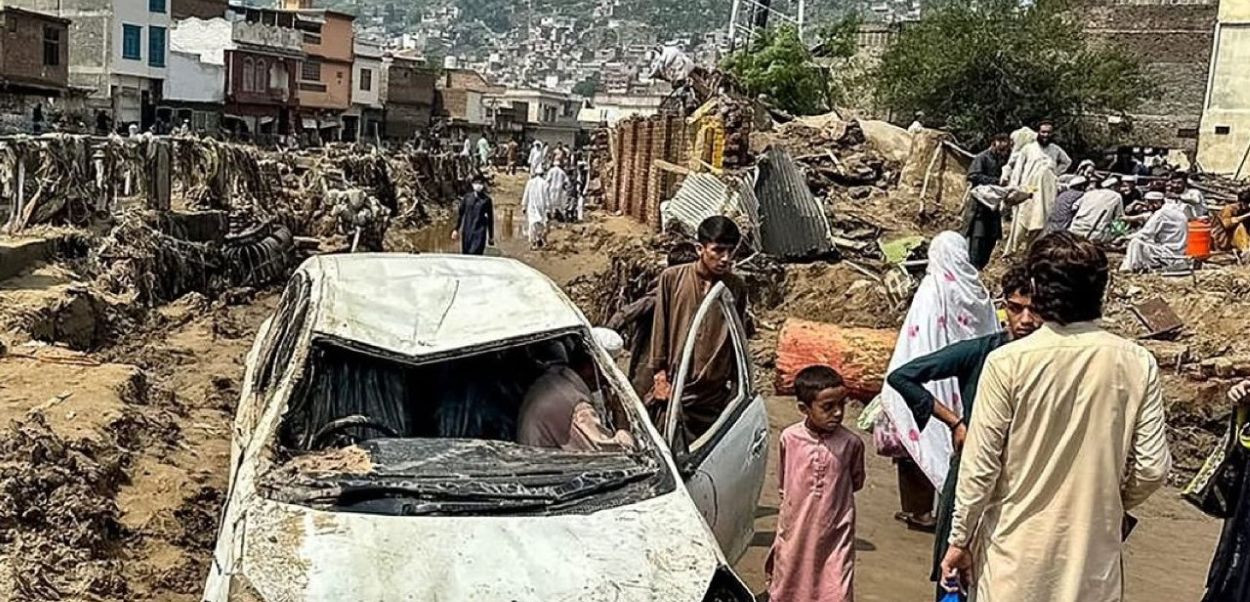On August 23, 2025, a government report detailed the catastrophic impact of a cloudburst and subsequent flooding in Pakistan’s Buner district, Khyber Pakhtunkhwa, claiming 234 lives and causing widespread destruction. The disaster, part of a broader wave of floods across Pakistan, has left significant challenges for recovery and rehabilitation
The report revealed that the floods:
- Claimed 234 Lives: The highest death toll among affected areas.
- Damaged Homes: Destroyed 162 houses and partially damaged 575 others.
- Ruined Infrastructure: Affected 110 kilometres of roads, bridges, and facilities, with 4 kilometres of roads washed away, costing Rs320 million, per the Highway Authority.
- Devastated Agriculture: Submerged 55,890 acres of farmland, with 26,142 acres of crops lost, valued at over Rs250 million.
- Impacted Livelihoods: Destroyed 825 shops and 3,638 livestock, crippling local economies.
- Harmed Public Services: Caused Rs194.8 million in damages to water channels and affected 29 educational institutions, including one completely destroyed.
Video captured by drone revealed widespread destruction in Pakistan's Buner district after flash floods killed more than 200 people, bringing down homes and buildings https://t.co/giNoD6fKfK pic.twitter.com/9S8DS2NWt1
— Reuters (@Reuters) August 19, 2025Prime Minister Muhammad Shehbaz Sharif, chairing a federal cabinet meeting, expressed deep concern over the devastation across Buner, Swat, Swabi, Mansehra, and Shangla. He reaffirmed federal support, with the National Disaster Management Authority (NDMA) and armed forces aiding relief operations. Over 700 deaths have been reported nationwide in 2025, with 400 in Khyber Pakhtunkhwa, surpassing the 2022 floods’ toll of 100 lives.
Buner Flood location Beshonai#Pakistan #ClimateCrisis pic.twitter.com/FJP4GKtxWN
— Discover Pakistan 🇵🇰 | پاکستان (@PakistanNature) August 17, 2025Sharif highlighted illegal constructions along waterways and deforestation in Galyat as aggravating factors, vowing to address environmental protection in an upcoming meeting. The Pakistan Meteorological Department (PMD) forecasts continued rain until August 27, raising risks of further landslides in vulnerable areas like Gilgit-Baltistan.
The NDMA urges residents to use its Disaster Alert App for updates and avoid flood-prone areas. Buner’s rehabilitation, requiring significant resources, underscores the need for resilient infrastructure and stricter regulations to mitigate future climate-driven disasters, with 33 hazardous glacial lakes in the region, per UNDP data.






